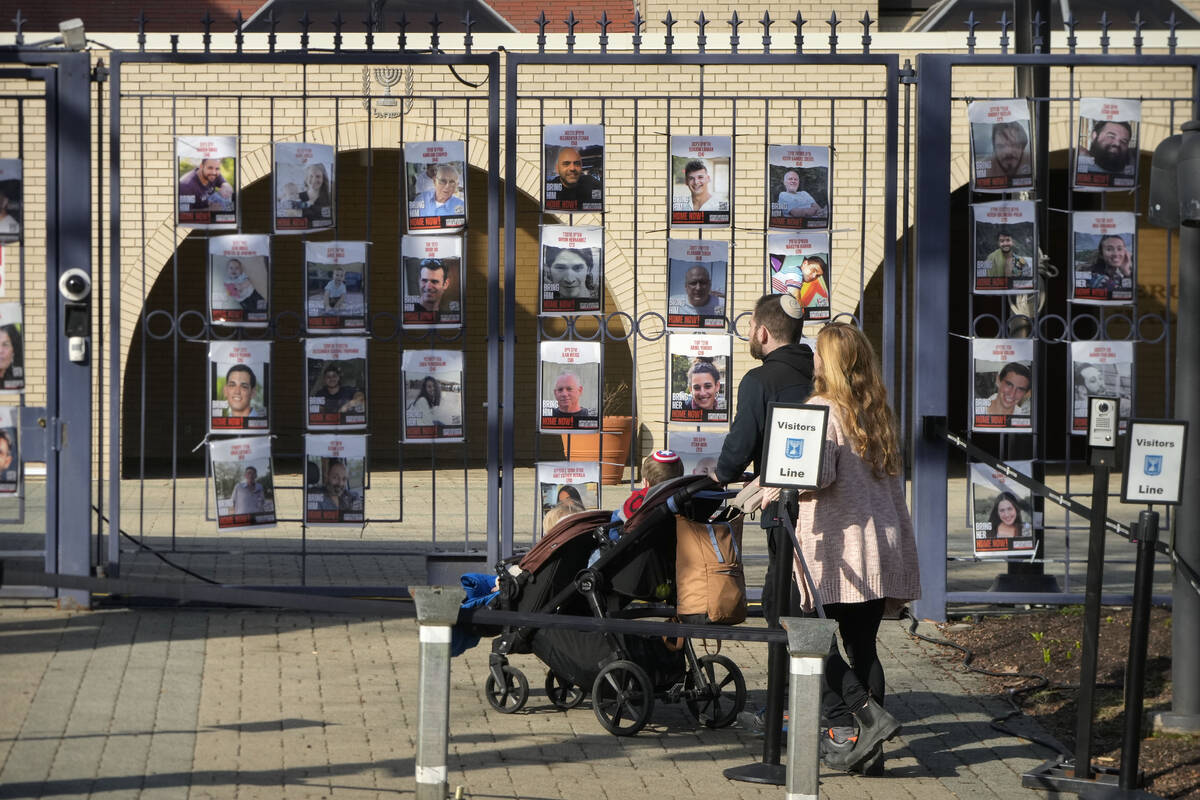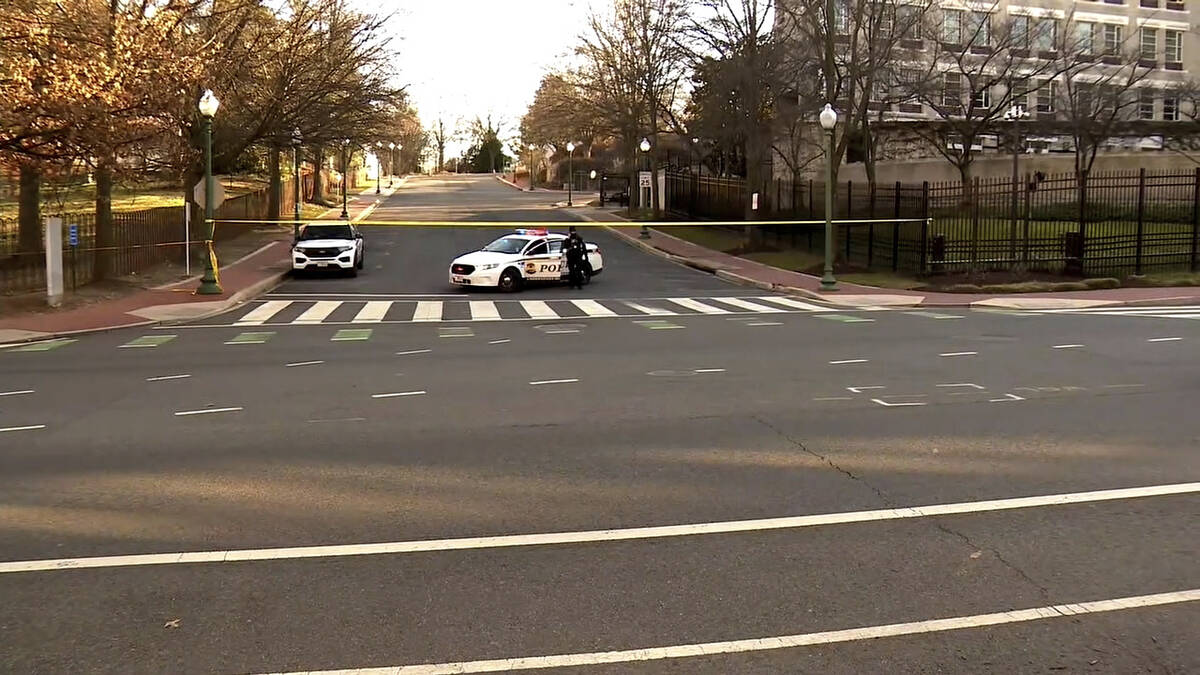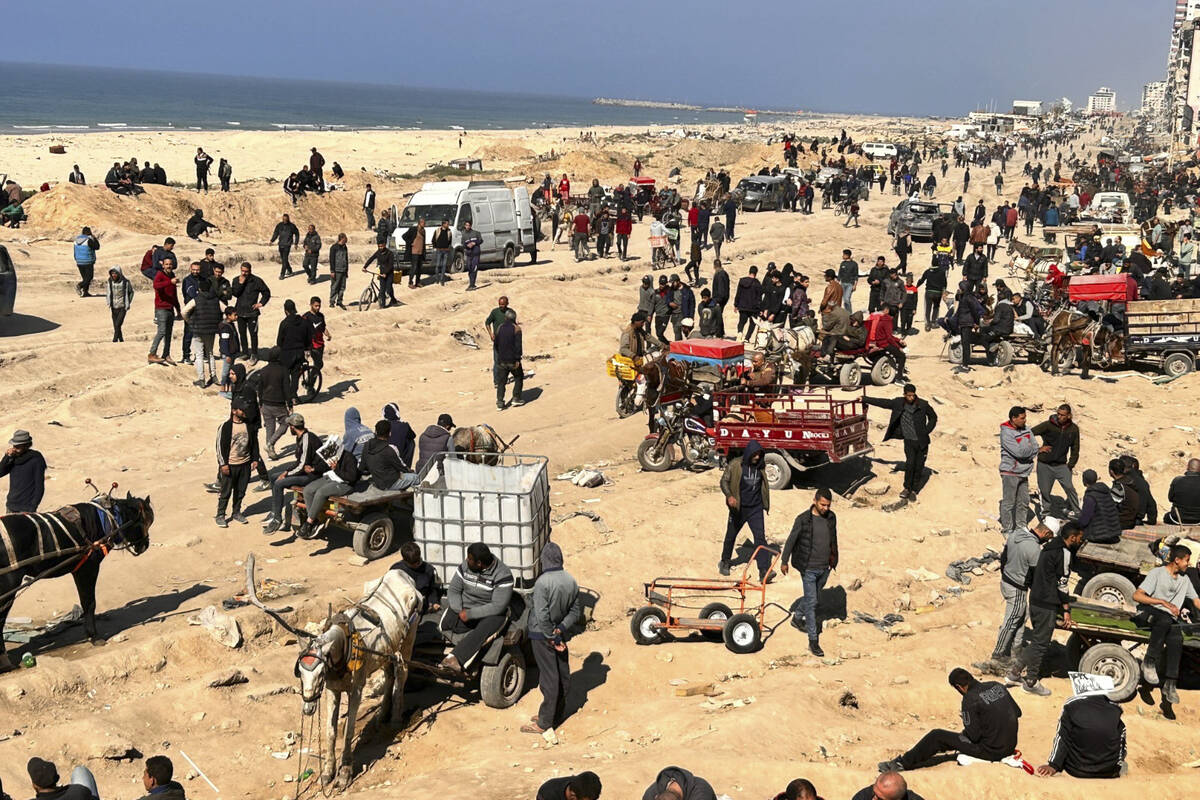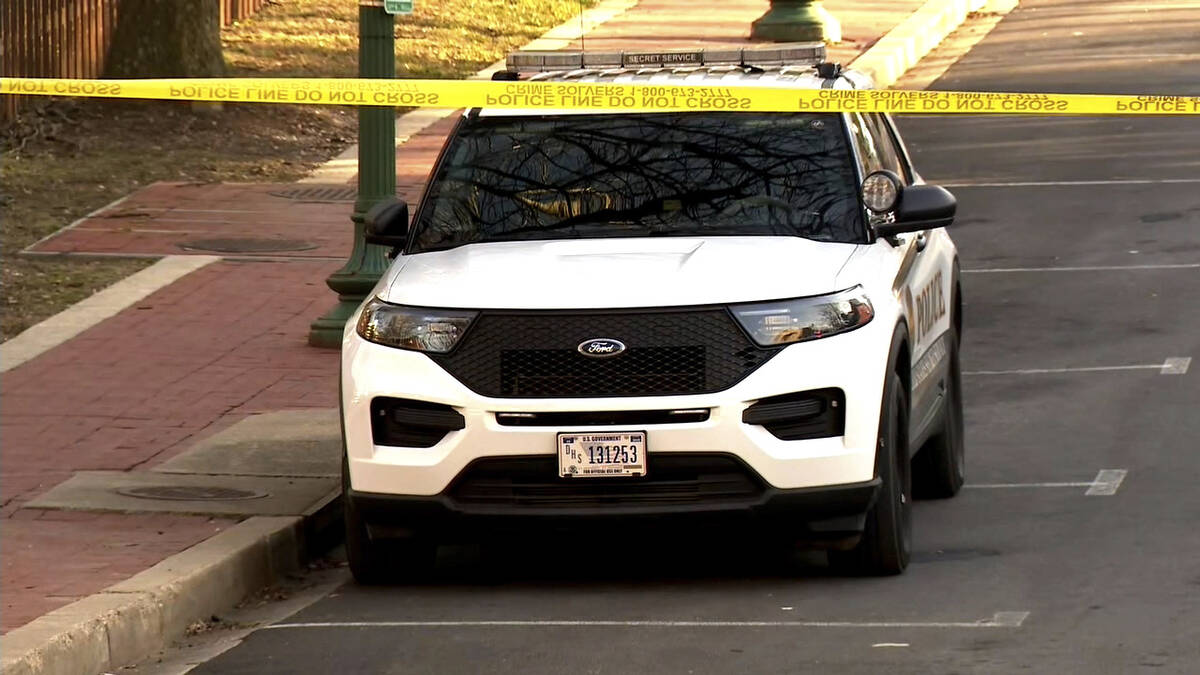In Israel-Hamas war protest, US airman dies after setting himself ablaze
WASHINGTON — An active-duty member of the U.S. Air Force has died after he set himself ablaze outside the Israeli Embassy in Washington, D.C., while declaring that he “will no longer be complicit in genocide.”
The 25-year-old airman, Aaron Bushnell, of San Antonio, Texas, died from his injuries, the Metropolitan Police Department said Monday.
Bushnell had walked up to the embassy shortly before 1 p.m. on Sunday and began livestreaming on the video streaming platform Twitch, a person familiar with the matter told The Associated Press.
Law enforcement officials believe the man started a livestream, set his phone down and then doused himself in accelerant and ignited the flames. At one point, he said he “will no longer be complicit in genocide,” the person said. The video was later removed from the platform, but law enforcement officials have obtained and reviewed a copy.
The person was not authorized to publicly discuss details of the ongoing investigation and spoke to the AP on condition of anonymity.
In a statement Monday, the Air Force said, “The individual involved in yesterday’s incident succumbed to his injuries and passed away last night.” The Air Force said it would provide additional information a day after military officials complete notifying his next of kin.
The incident happened as Israeli Prime Minister Benjamin Netanyahu is seeking cabinet approval for a military operation in the southern Gazan city of Rafah while a temporary cease-fire deal is being negotiated. Israel’s military offensive in Gaza has drawn criticisms, including genocide claims against the Palestinians.
Israel has adamantly denied the genocide allegations and says it is carrying out operations in accordance with international law in the Israel-Hamas war.
In December, a person self-immolated outside the Israeli consulate in Atlanta and used gasoline as an accelerant, according to Atlanta’s fire authorities. A Palestinian flag was found at the scene, and the act was believed to be one of “extreme political protest.”


























